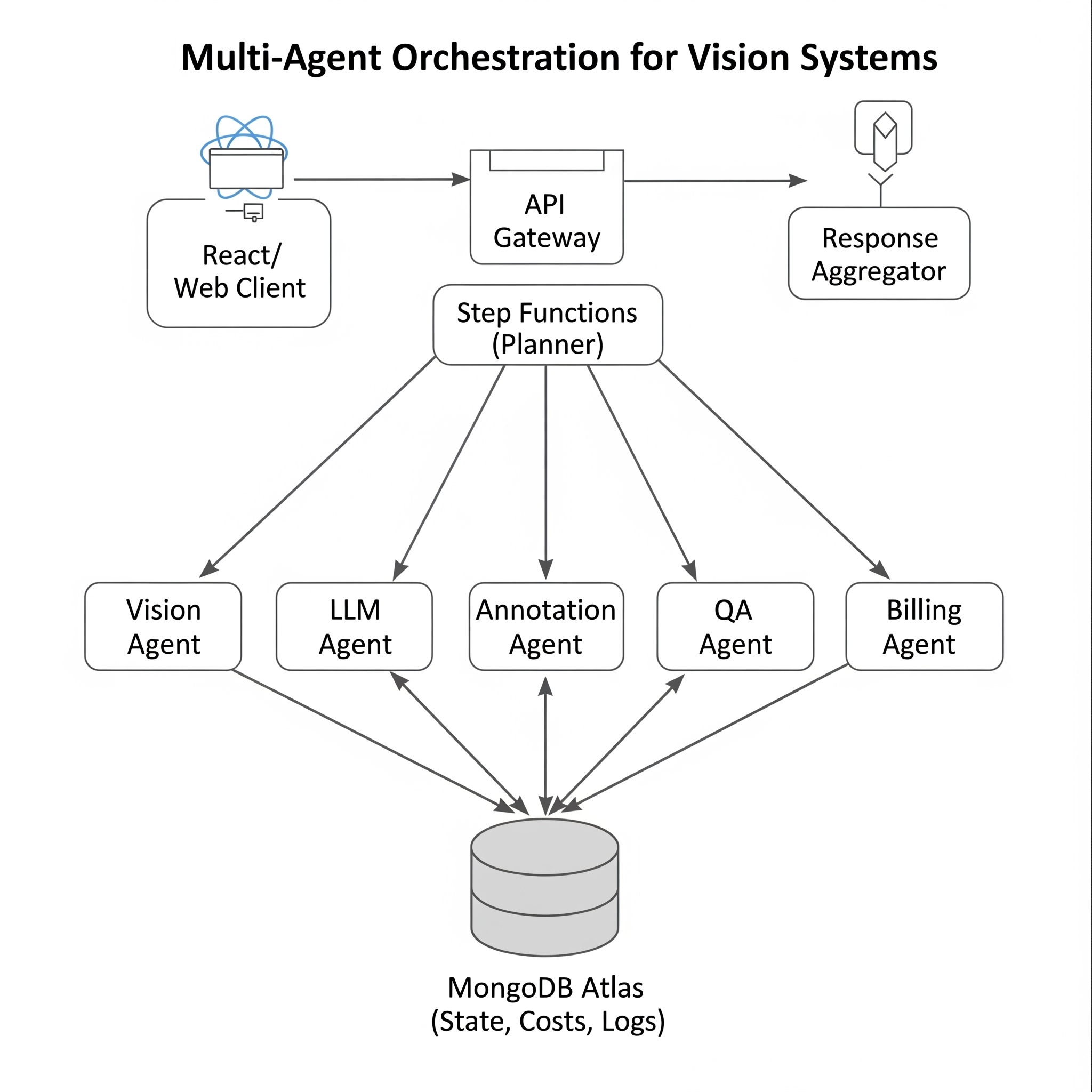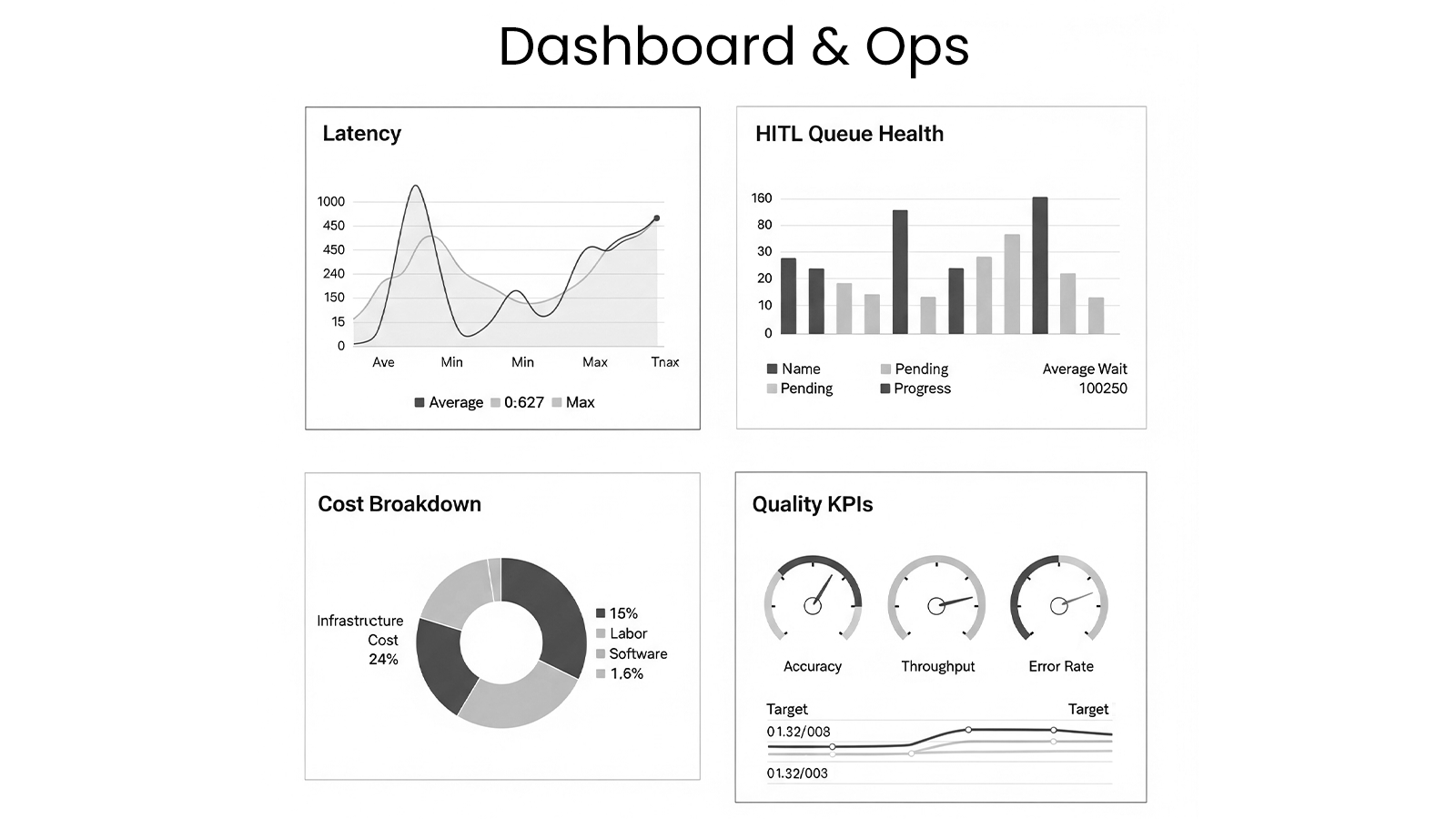We build blazing-fast, AI-powered web apps using the latest tech. From React to GPT-4, our stack is built for speed, scale, and serious results.
What Powers Our Projects
Every project gets a custom blend of tools—no cookie-cutter code here. We pick the right tech for your goals, so your app runs smooth and grows with you.
“Great tech is invisible—until it blows your mind.”
We obsess over clean code, modular builds, and explainable AI. Weekly updates and async check-ins keep you in the loop, minus the jargon.
Trusted by startups, educators, and SaaS teams who want more than just ‘off-the-shelf’ solutions.
We don’t just follow trends—we set them. Our toolkit is always evolving, so your product stays ahead of the curve.
From MVPs to full-scale platforms, we deliver fast, flexible, and future-proof solutions. No tech headaches, just results.
Ready to build smarter? Let’s turn your vision into a launch-ready app—powered by the best in AI and web tech.
Lid Vizion: Miami-based, globally trusted, and always pushing what’s possible with AI.

From Miami to the world—Lid Vizion crafts blazing-fast, AI-powered web apps for startups, educators, and teams who want to move fast and scale smarter. We turn your wildest ideas into real, working products—no fluff, just results.
Our Tech Stack Superpowers
We blend cutting-edge AI with rock-solid engineering. Whether you need a chatbot, a custom CRM, or a 3D simulation, we’ve got the tools (and the brains) to make it happen—fast.
No cookie-cutter code here. Every project is custom-built, modular, and ready to scale. We keep you in the loop with weekly updates and async check-ins, so you’re never left guessing.
“Tech moves fast. We move faster.”
Trusted by startups, educators, and SaaS teams who want more than just another app. We deliver MVPs that are ready for prime time—no shortcuts, no surprises.
Ready to level up? Our team brings deep AI expertise, clean APIs, and a knack for building tools people actually love to use. Let’s make your next big thing, together.
From edge AI to interactive learning tools, our portfolio proves we don’t just talk tech—we ship it. See what we’ve built, then imagine what we can do for you.
Questions? Ideas? We’re all ears. Book a free consult or drop us a line—let’s build something awesome.
Fast MVPs. Modular code. Clear comms. Flexible models. We’re the partner you call when you want it done right, right now.
Startups, educators, agencies, SaaS—if you’re ready to move beyond just ‘playing’ with AI, you’re in the right place. We help you own and scale your tools.
No in-house AI devs? No problem. We plug in, ramp up, and deliver. You get the power of a full-stack team, minus the overhead.
Let’s turn your vision into code. Book a call, meet the team, or check out our latest builds. The future’s waiting—let’s build it.
• AI-Powered Web Apps • Interactive Quizzes & Learning Tools • Custom CRMs & Internal Tools • Lightweight 3D Simulations • Full-Stack MVPs • Chatbot Integrations
Frontend: React.js, Next.js, TailwindCSS Backend: Node.js, Express, Supabase, Firebase, MongoDB AI/LLMs: OpenAI, Claude, Ollama, Vector DBs Infra: AWS, GCP, Azure, Vercel, Bitbucket 3D: Three.js, react-three-fiber, Cannon.js
Blogs
.png)

Modern computer-vision workflows often involve multiple specialized agents (image classifiers, annotation tools, QA reviewers, billing trackers) working together. An LLM-based orchestrator can plan and route tasks across these agents, think cognitive orchestration—, where the “master agent” uses context and SOPs to decide the next step. With LangChain routing and LangGraph multi-agent workflows, an image analysis request can be decomposed into subtasks (classification → annotation → review → billing), each handled by an independent service. This yields a decoupled, scalable system and preserves traceability of decisions and data flows. For teams exploring agent platforms, compare LangGraph (stateful orchestration for agents) with OpenAI’s Agents SDK (tool-calling & orchestration primitives) and the evolving Assistants/Responses tooling.

Image Overview
Boxes: React/Web client → API Gateway → Step Functions (Planner: LangChain/LangGraph) → Parallel branches: (A) Vision Agent (ECS/SageMaker GPU) (B) LLM Agent (Lambda → OpenAI/Claude) (C) Annotation Agent (Lambda/service) (D) QA Agent (LLM; escalate to Human Review queue on low confidence) (E) Billing Agent → MongoDB Atlas (state, costs, logs) → Response aggregator → Client.
Callouts: Distributed/Inline Map for large fan-out; Inline map/parallels for small fan-out.
Why these services?
Step Functions is a managed workflow engine with per-transition pricing that’s easy to model (pricing; see also this costing walkthrough). Lambda offers pay-per-use compute (pricing). For heavier GPU models, use Fargate (vCPU/GB-seconds billing) or SageMaker real-time endpoints. Atlas provides a perpetual free tier and flexible paid tiers (Atlas pricing overview; Atlas on AWS).

Parallelism patterns: For high throughput, use Distributed Map to fan-out per-image tasks at scale. For modest batches, inline Map (parallel state) in Step Functions works well (example).

Use Atlas to persist:
status, agent_step, timestamps, retry counts.escalated: true/false, reviewer_id.tokens_in/out, gpu_seconds, lambda_gb_seconds, cost_usd per step and totals.Atlas pricing fits startups through enterprise: free tier for prototyping; Flex and Dedicated tiers scale up by RAM/CPU/storage (pricing, Atlas on AWS).

confidence < 0.9 or class in {rare, regulated}, add a Review task.
Rule of thumb (example): 1,000 images, 5 workflow steps each → ~5,000 Step Functions transitions ≈ $0.125; light Lambda work adds a few cents; MongoDB is a fixed monthly line item for small workloads. GPU endpoints dominate cost when you keep them warm; use Fargate jobs or batch endpoints for spiky loads.


.svg)